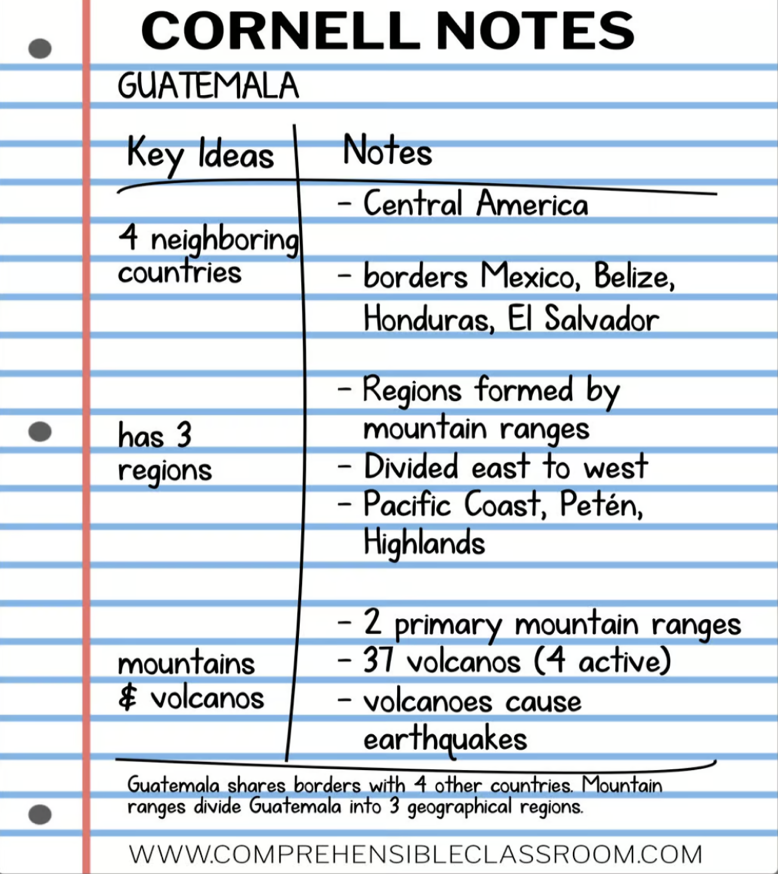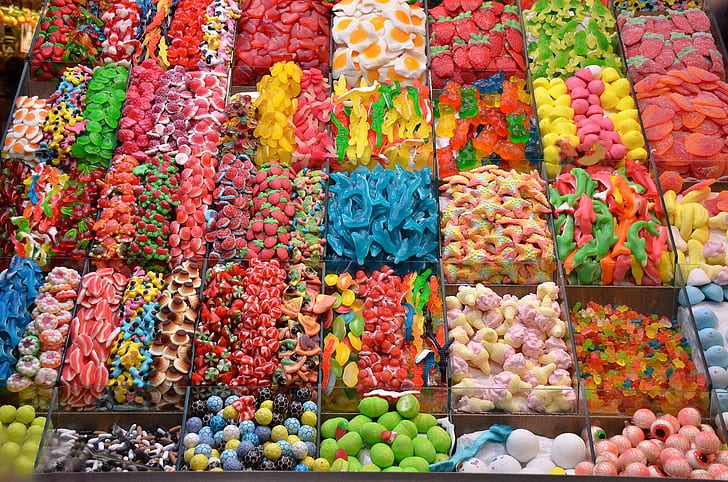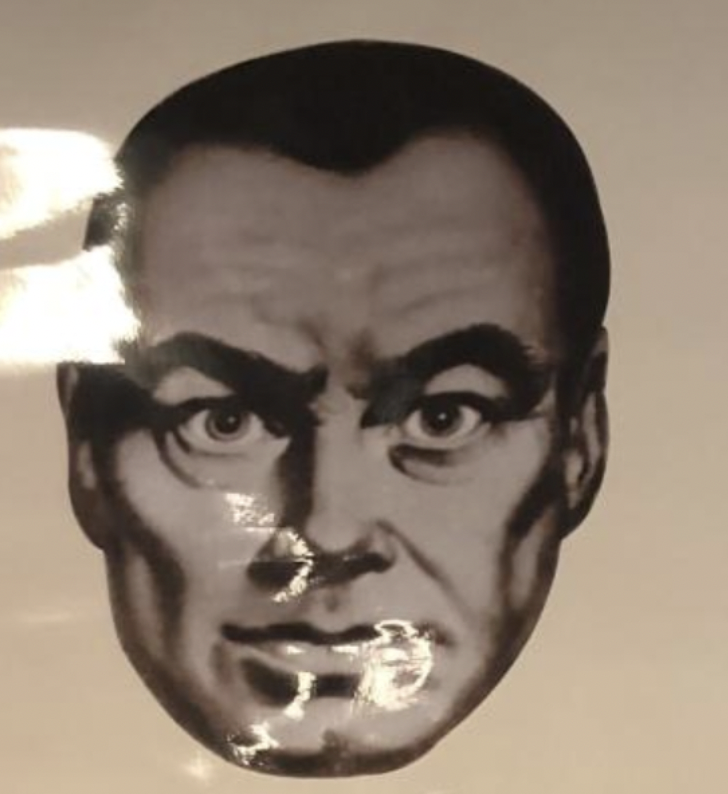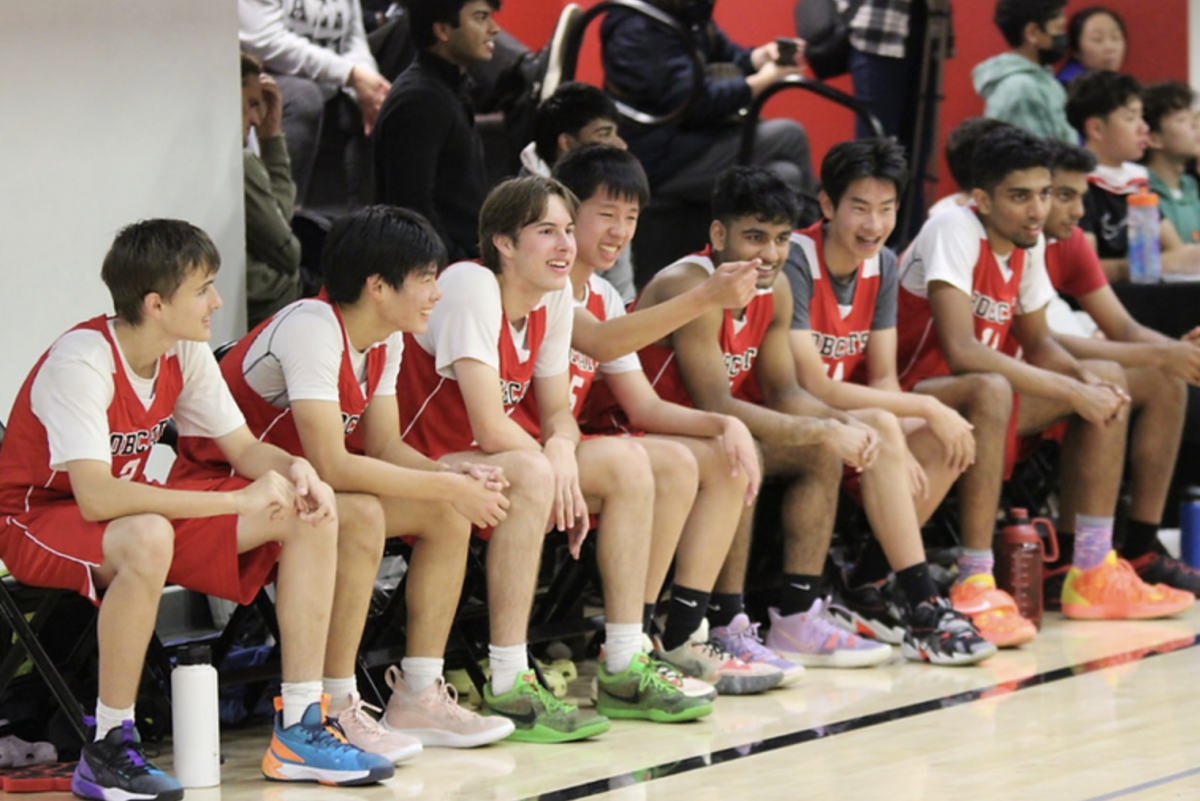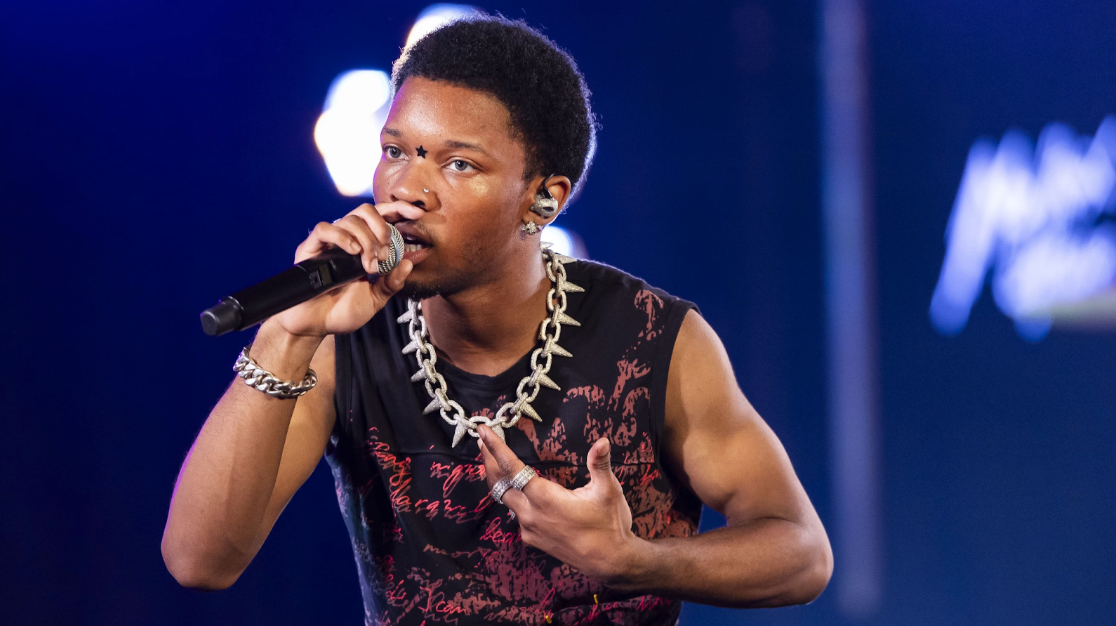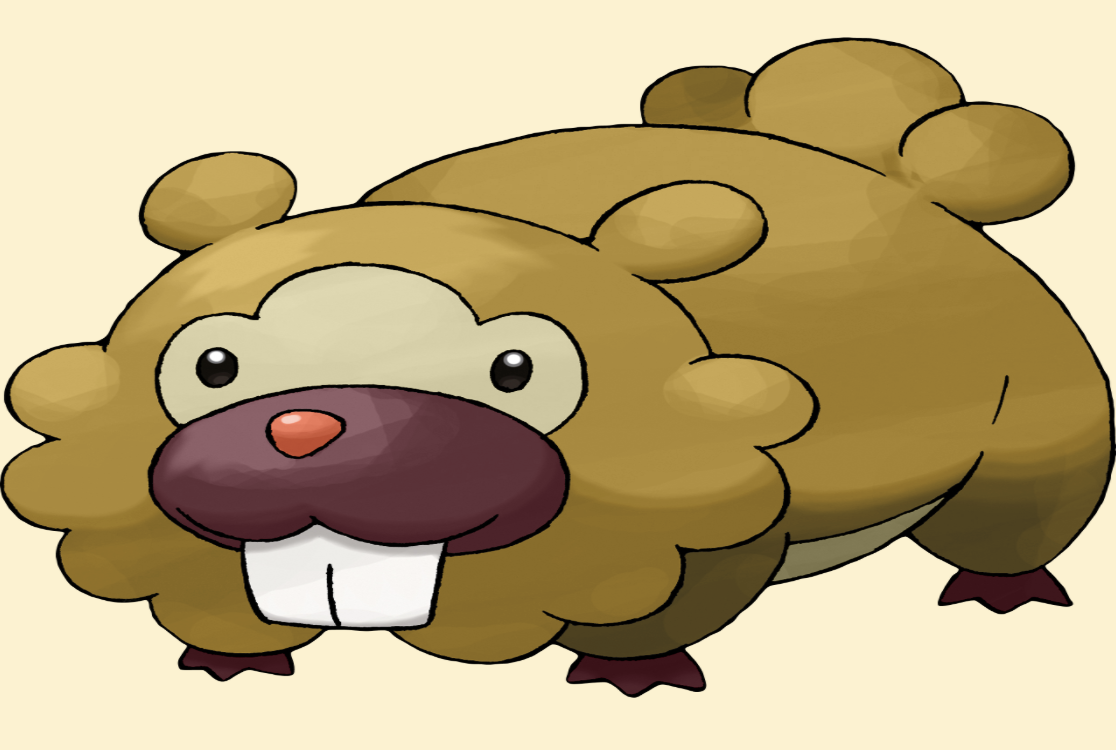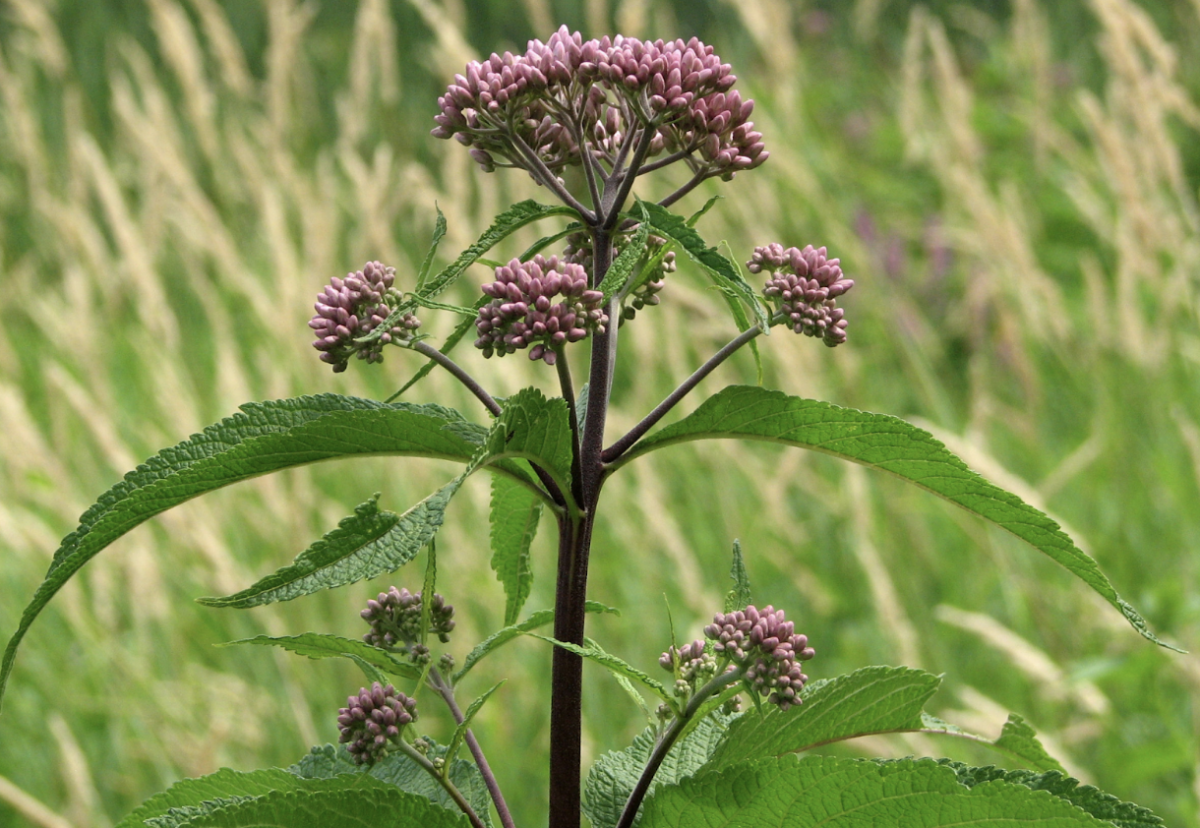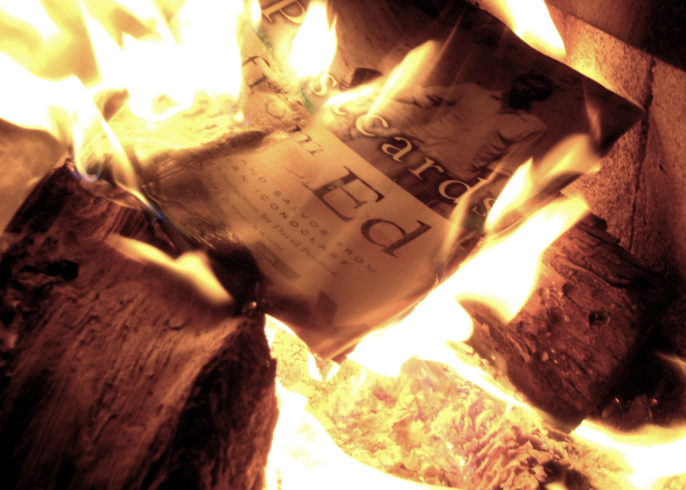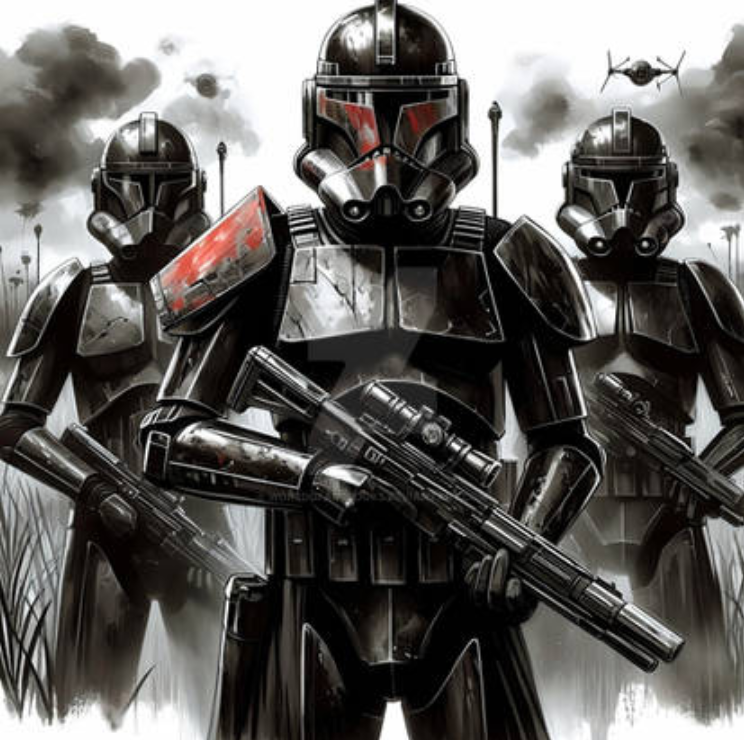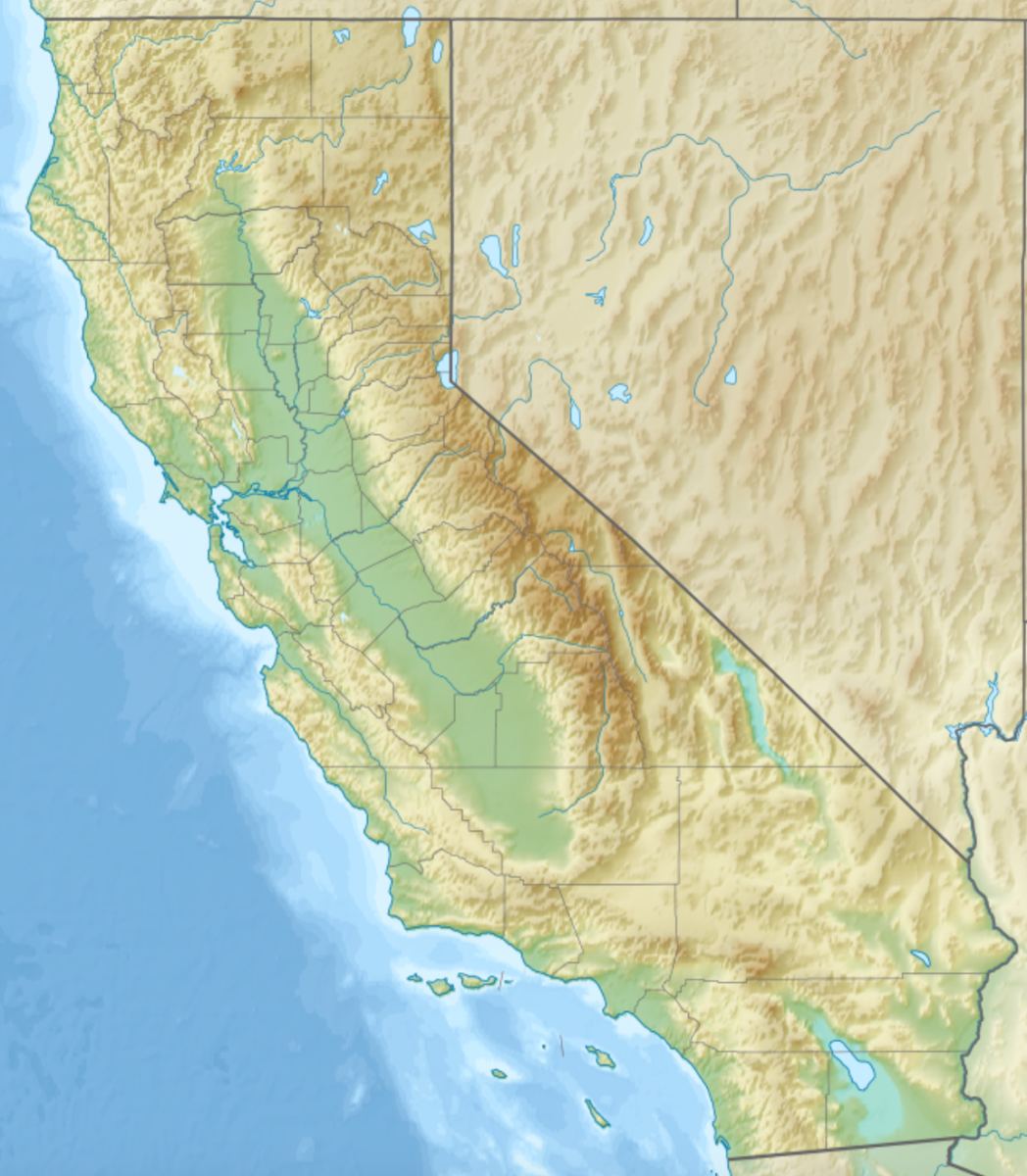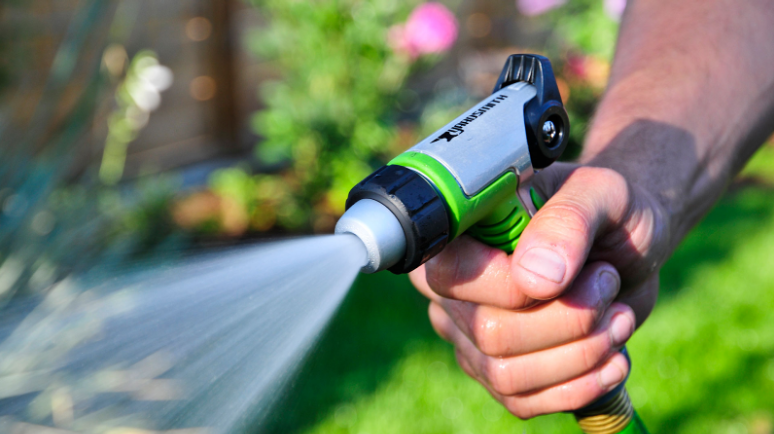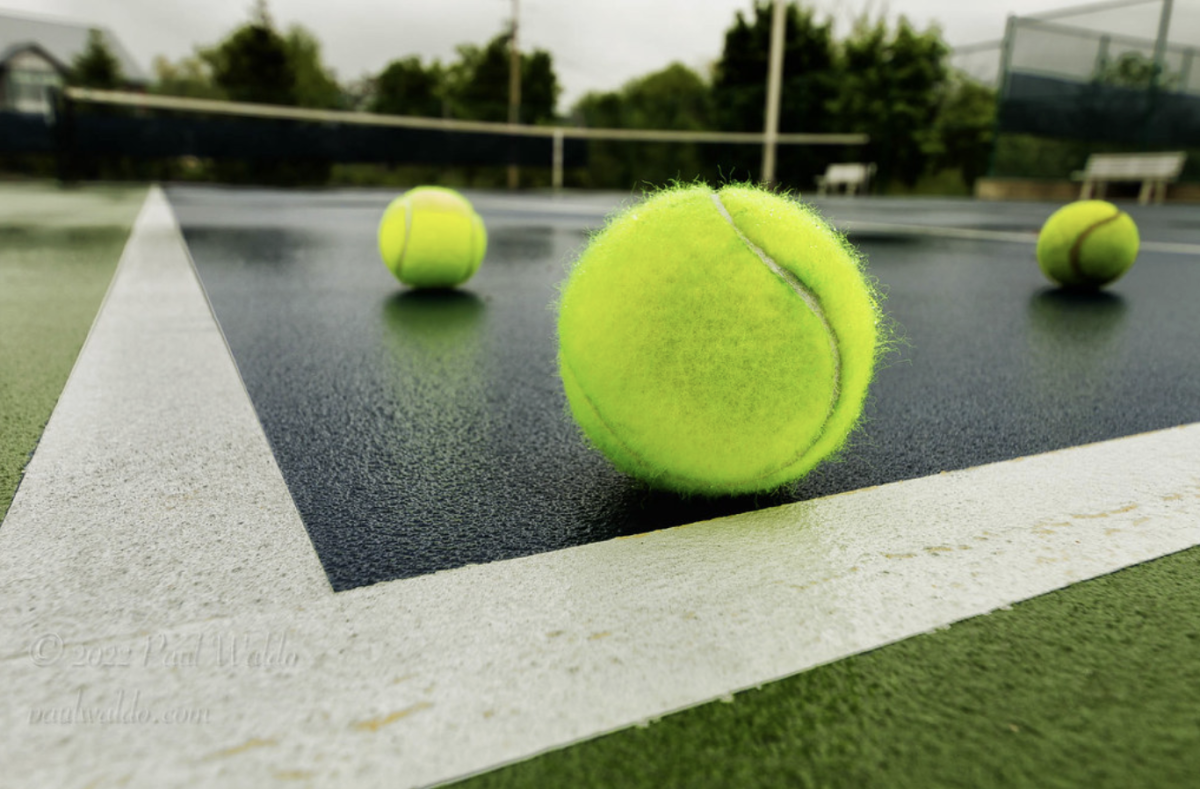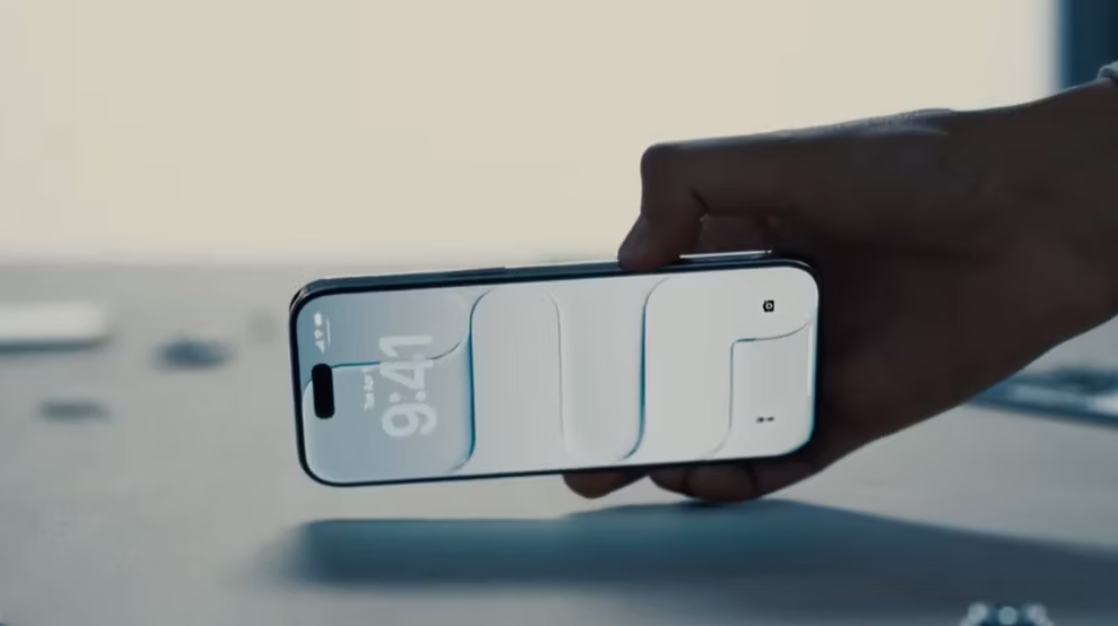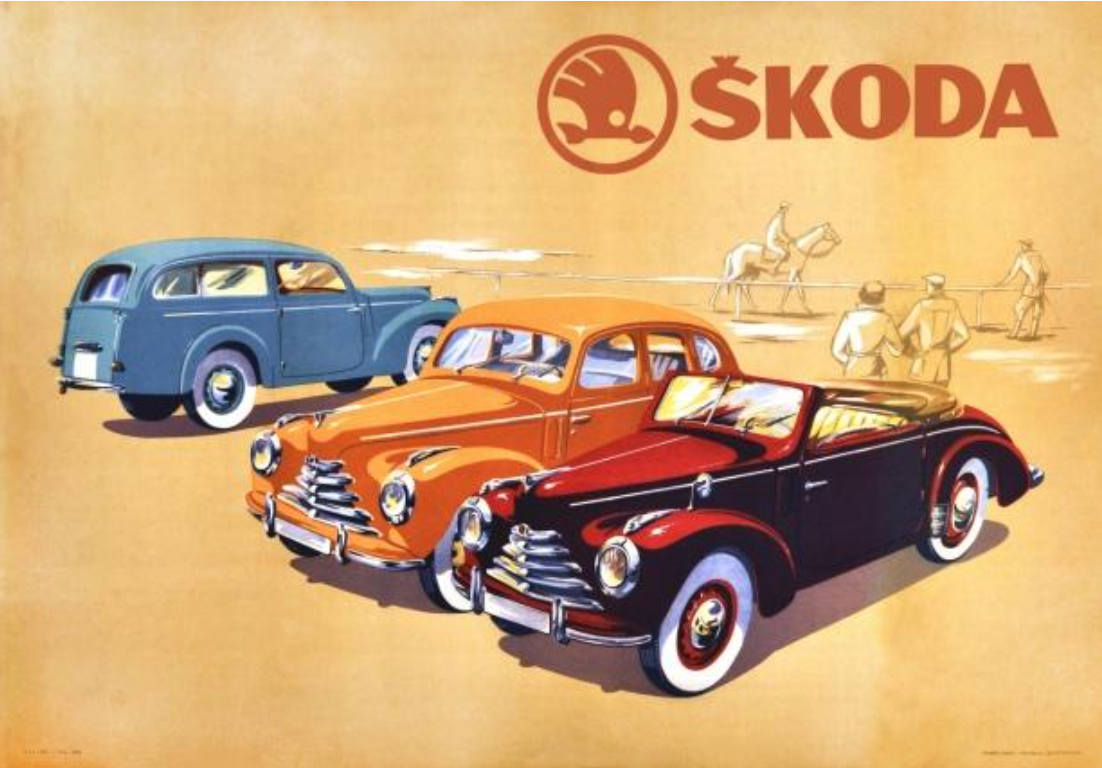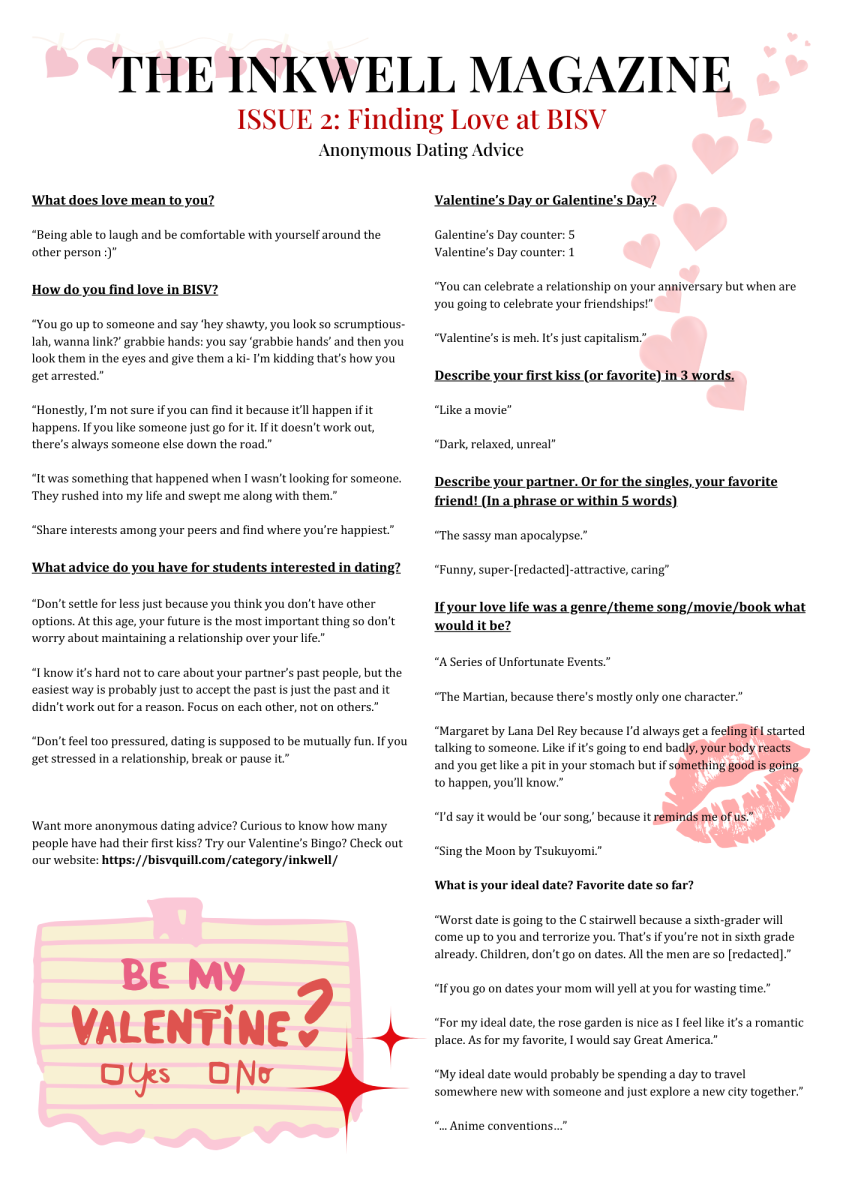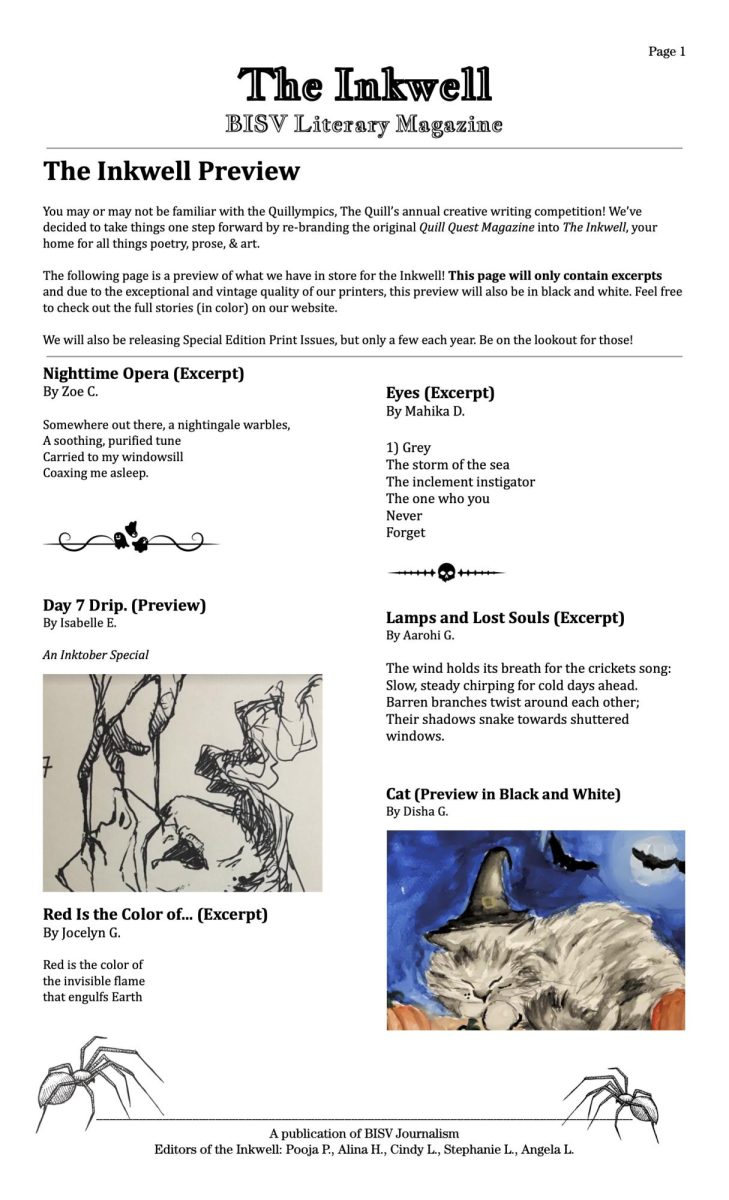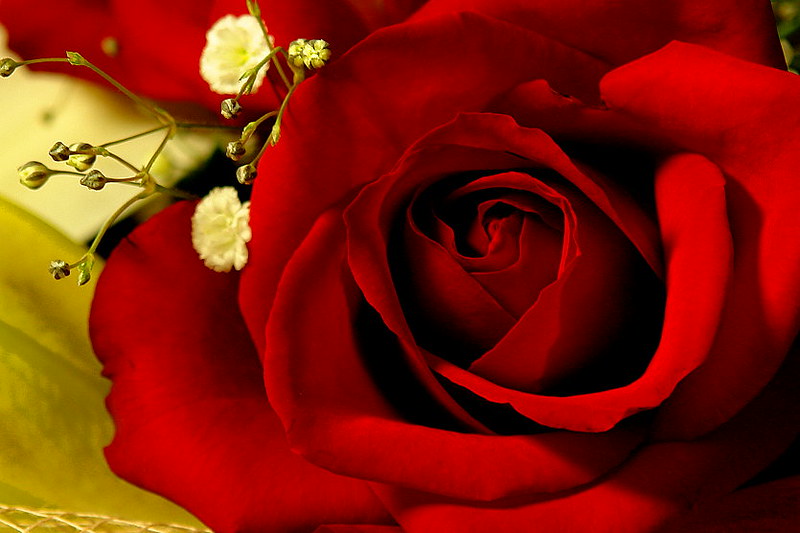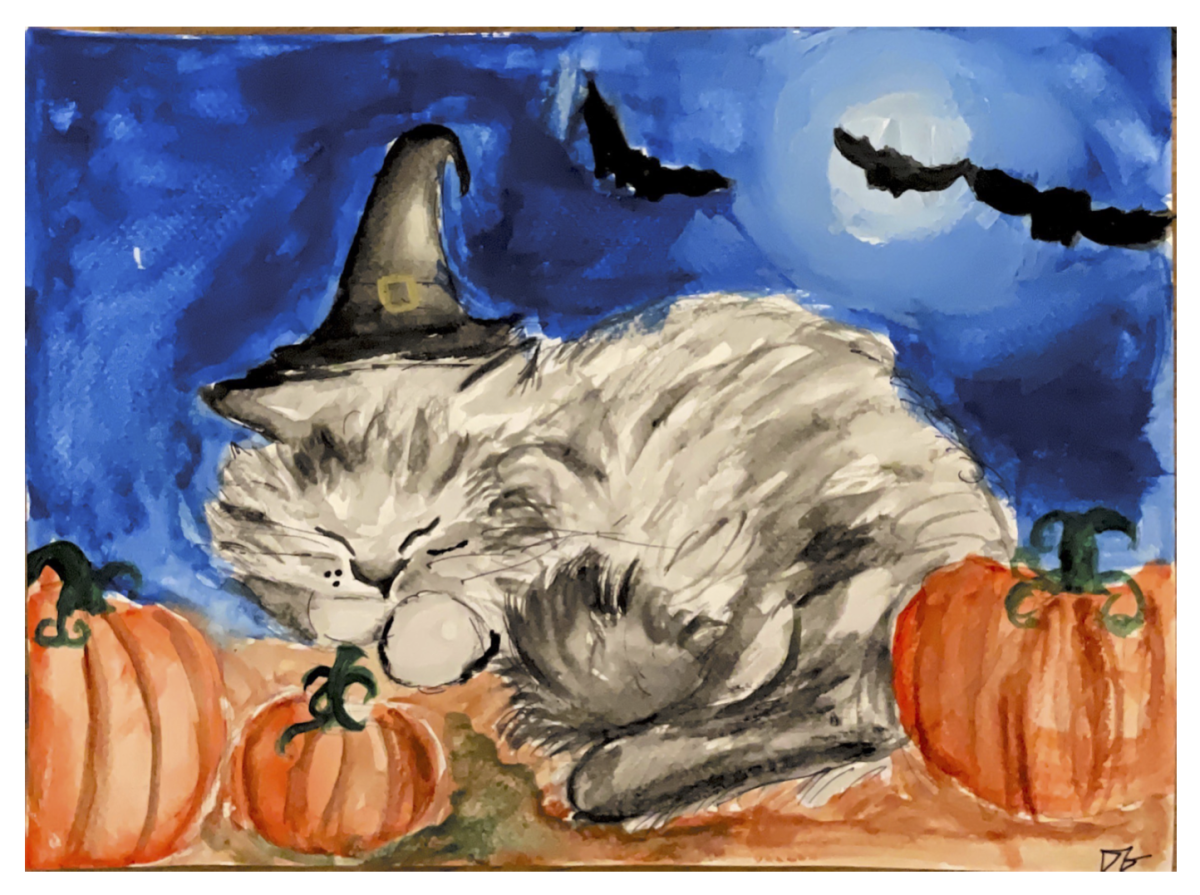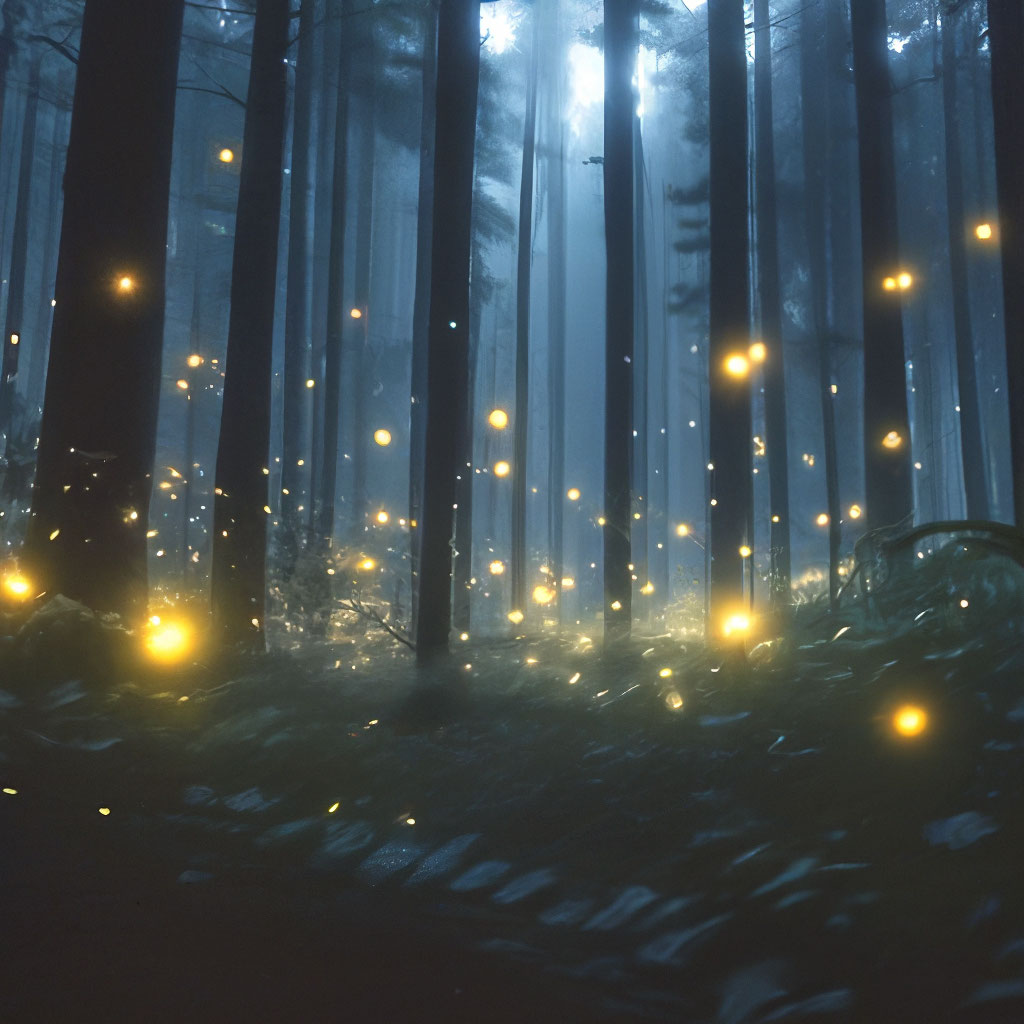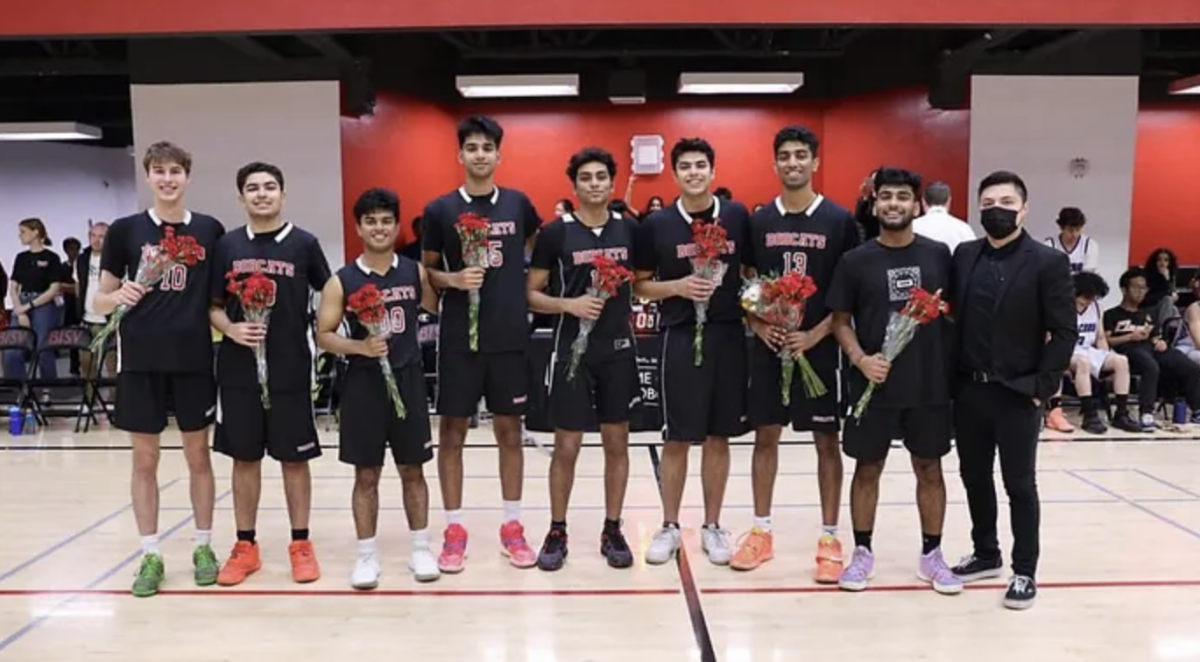Previously published Jan 16, 2022.
BISV is a vast ecosystem, home to a plethora of unique organisms. However, despite being a hugely diverse subclass, the furniture of BISV has never been studied in depth through naturalistic observation. In this article, as furniture connoisseurs, we attempt to objectively classify the various species that reside within the building on a universal scale in a way that is easily understood by the average BISV student.
The Superb! class is reserved for specimens that are only of the most discerning form, the paragons of natural selection and evolution. Firstly, the Engineering Room Table. Though outfitted with a set of sharp pincers for defensive purposes, the Engineering Room Table is actually quite a friendly species, supporting students in Physics and Engineering classes with utmost stability. The Pair of Trash Cans is one of the most abundant species in the building, adorning every classroom and hallway in its quest to gather the refuse of the student class of BISV. Found in both juvenile and adult forms, the Pair of Trash Cans is certainly a backbone of the BISV ecosystem. The Tall Lab Stool, with its distinctive and elegant figure, is one of the many chair-like organisms gracing the Chemistry and Physics rooms of BISV. In addition to providing students in these challenging classes with a stable foundation, it also contributes to student morale by making them feel taller. The Teacher’s Podium, commonly referred to as a teacher’s best friend, is a loyal and reliable creature found standing steadfastly in every classroom. Given the fundamental role they play in facilitating BISV’s teachers (and making sure they do not have to stoop to the level of us peasants in the student body), it is no surprise that they reside in the uppermost tier. Outdoor Trashcans, found in droves in the area surrounding the building, not only scare off intruders with their intimidating size and green visage but also perform functions similar to their domesticated indoor forms. And of course, Security Cameras are always looking out for you… Yet, always watching your every move. <3
The B for effort tier shows species that, although not at the top of the food chain, still remain crucial to the success of the BISV ecosystem. Starting with the famous Model 3107 Gray Chairs, characterized by their lack of armrests and curved structure, these seats are home to hundreds of students’ bottoms. Providing good back support, the somewhat ordinary chairs are not to be taken for granted. The White Wheeled Podium comes in second place, being the inferior sibling of the Teacher’s Podium. The latter obviously gives off an apex predator aura, while the former is a less impressive specimen, although they perform the same function. The Lab Desks, a fresh deviation from the normal BISV desks, are sleek and simple lifeforms. However, you and your desk-matee might have trouble fitting all your belongings on its surface. Last in the B tier are the Bookshelves. Providing shelter to packs of the smaller species Book, these underappreciated friendly giants store almost all of the knowledge in our ecosystem.
The C and D tier species have not been documented due to their excessive boringness and insignificance.
In the F tier resides the most primitive and unevolved species who often do more harm than good. Starting with the infamous Curvy Desks, these tables never cooperate and do not have enough space. These parasites also are frequently born with mutated legs, which always create an uneven surface for students. The three chair species in the F tier all share a common flaw: they provide no back support and are too close to the floor. These invasive pests make a perfect pair with the Curvy Desks, weakening the posture of any student who sits there. The Clocks are not as awful as the other species in their row, as they do not directly hurt someone attempting to use it, but they have earned a place in the worst tier due to commonly being dysfunctional. Due to their importance in the environment, when broken it has a large impact on those around them as students can no longer rely on the Clocks’ help to keep track of time. The Water Fountains are a parasitic species. They no longer provide nearly as much use to others ever since the global pandemic ravaged the BISV economy. Besides the occasional water bottle fill, it is a species that takes far more than it gives, and even when working it is often dirty and harms those who try to use it.
Despite our harsh criticisms of the BISV organisms, they all come together to create a well-maintained ecosystem. And as students of this environment, we can say these species are totally diverse and unique from any other.
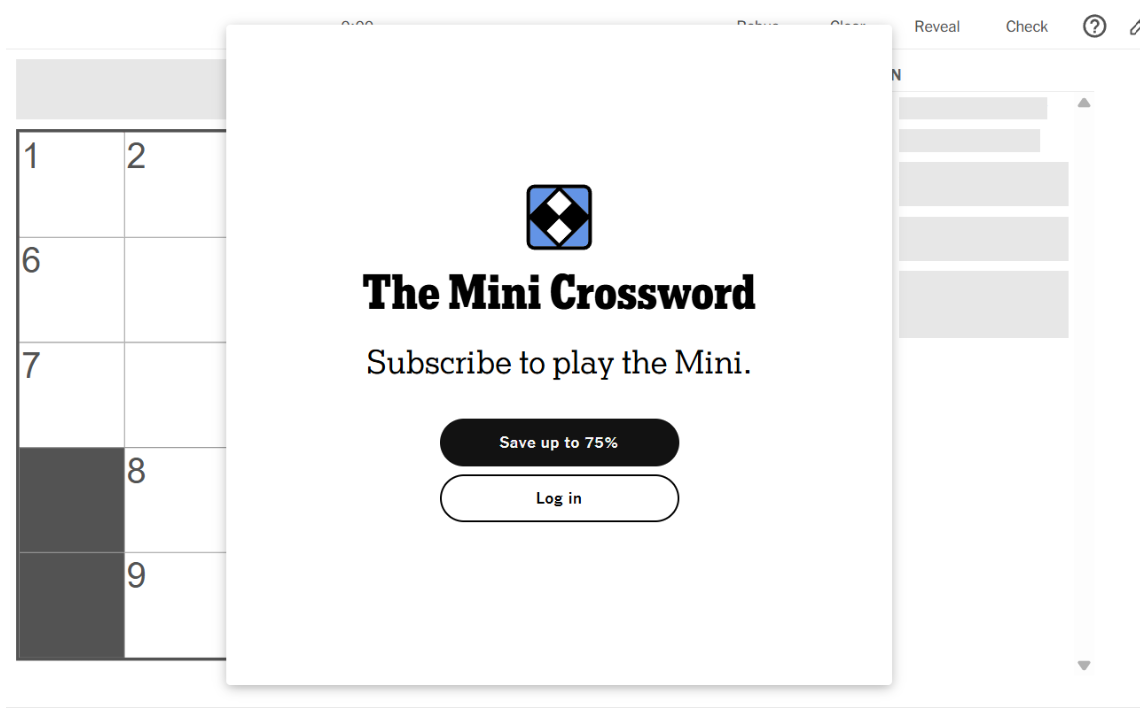


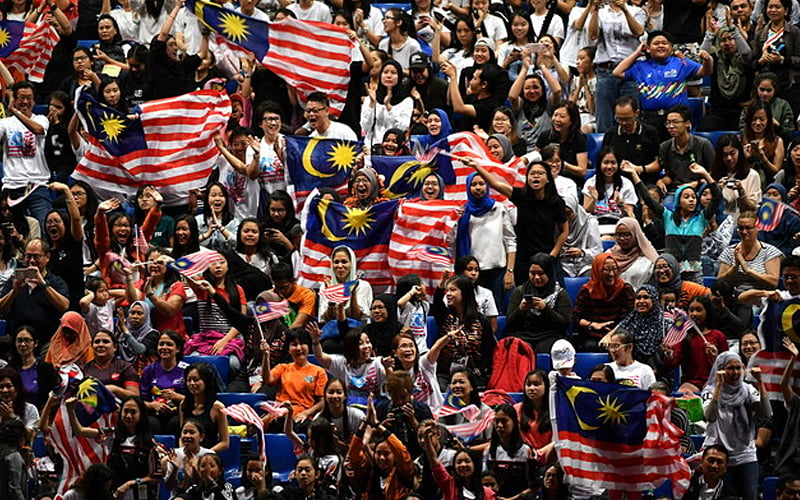
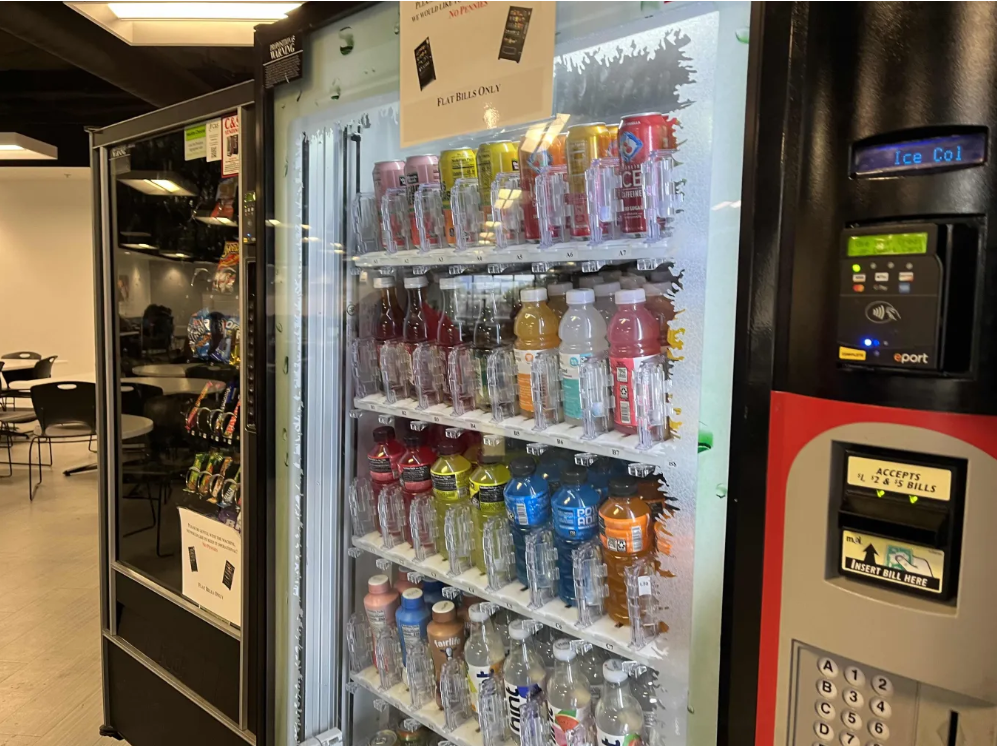
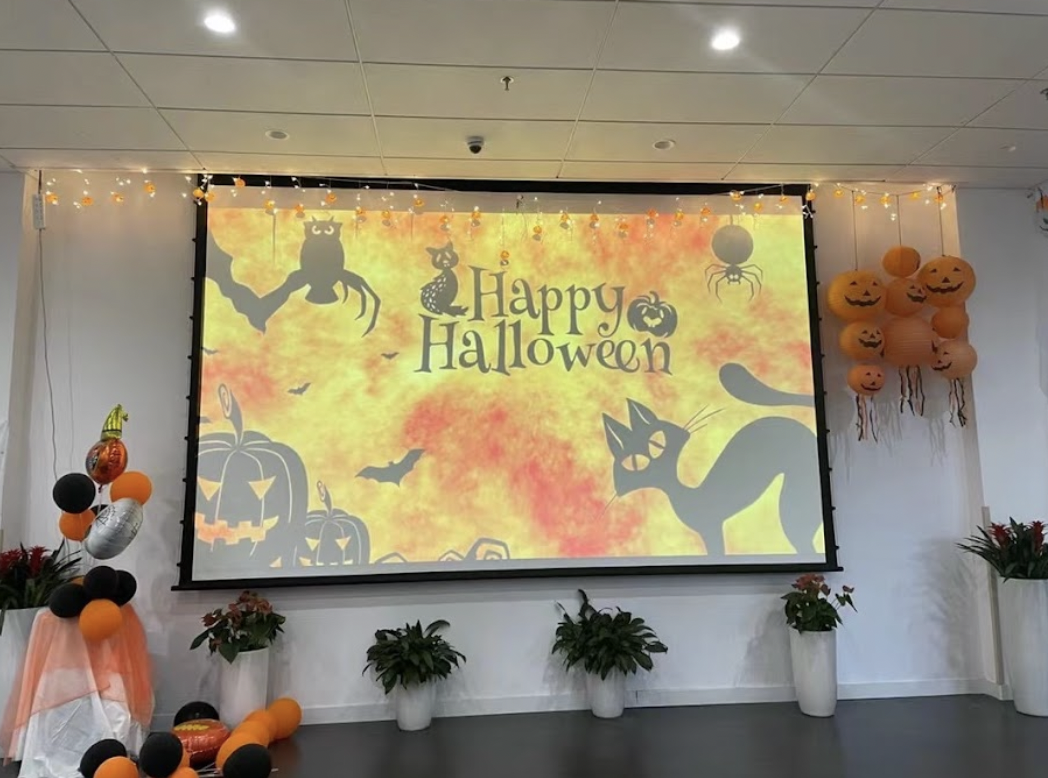


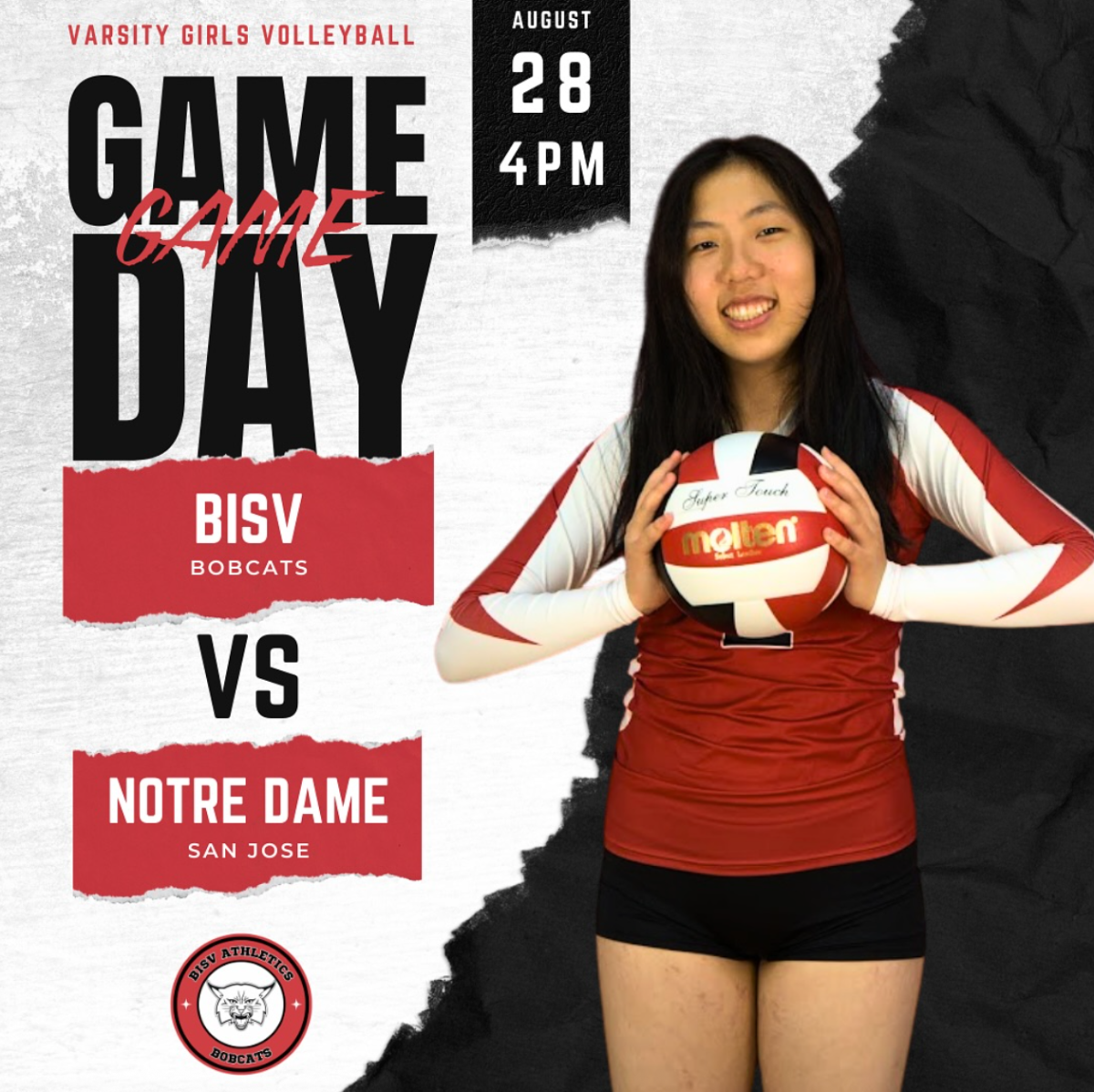
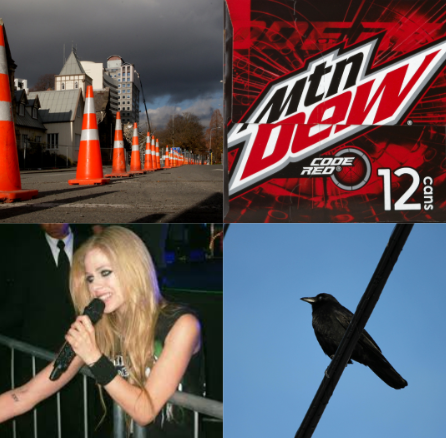
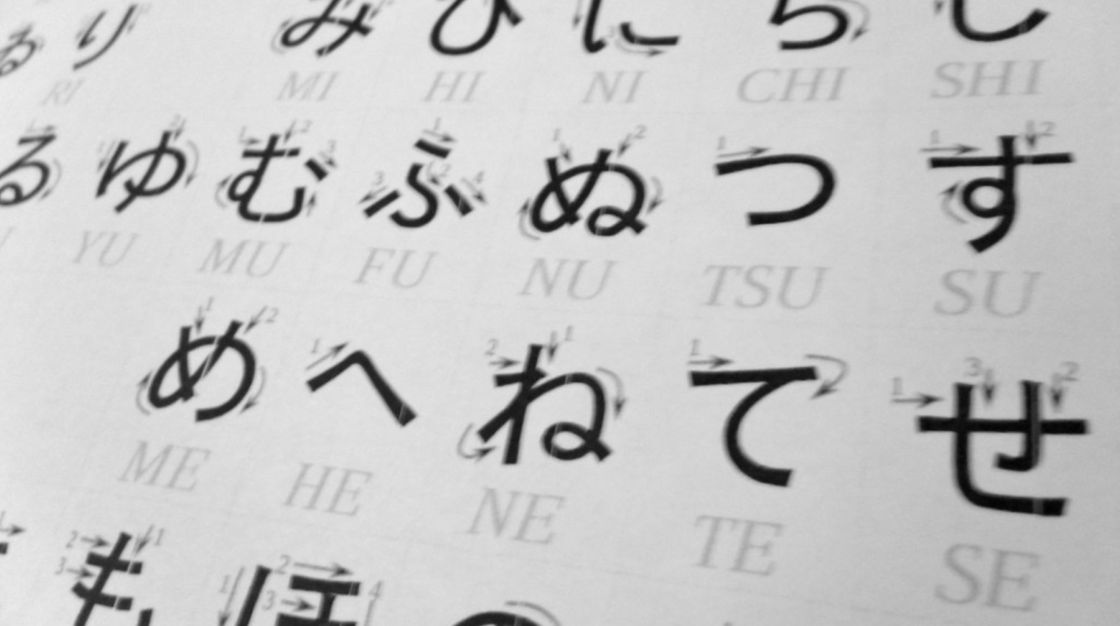
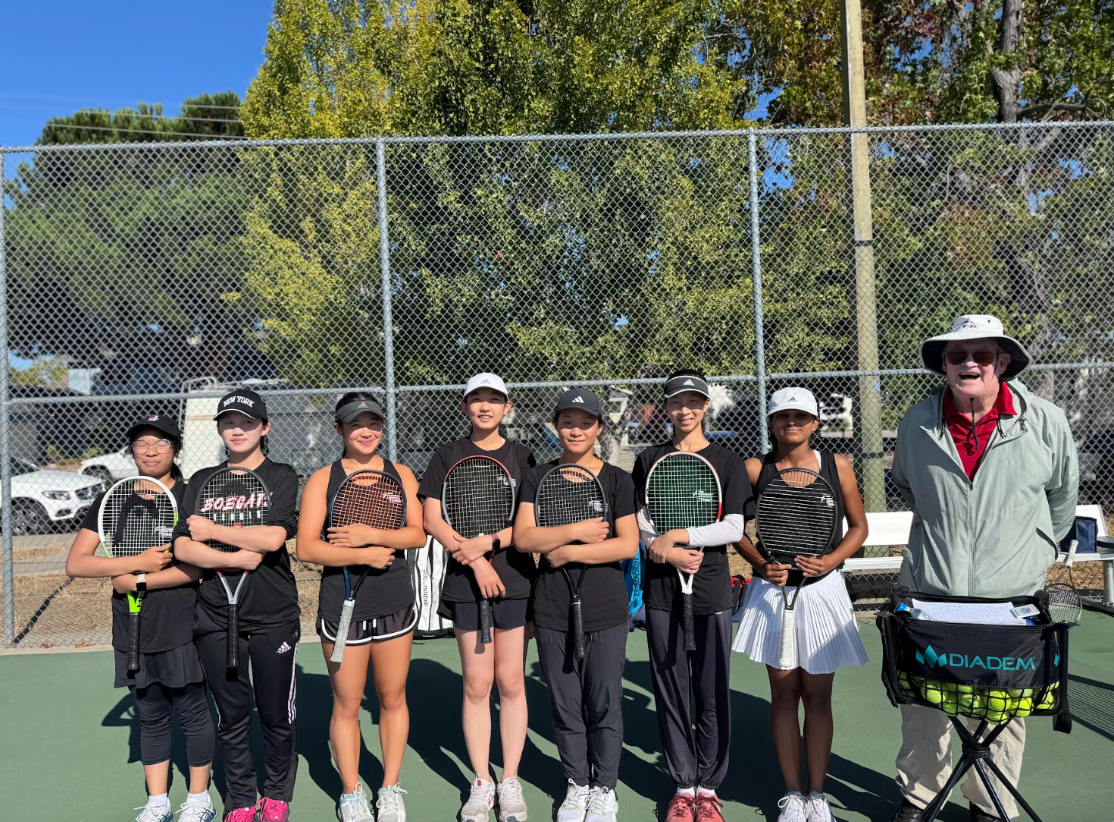
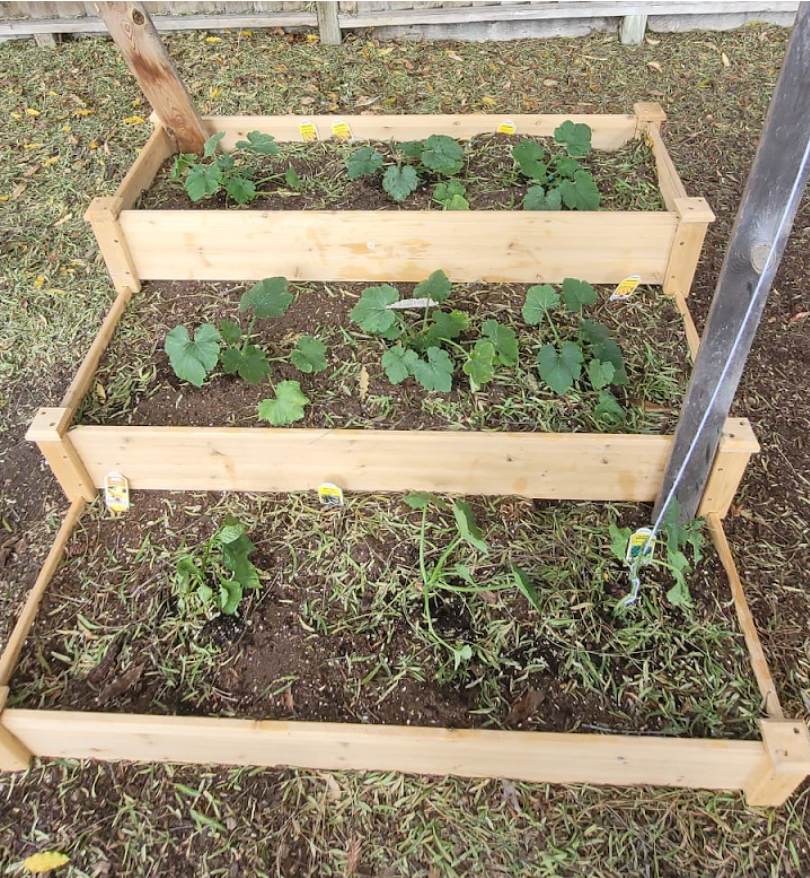
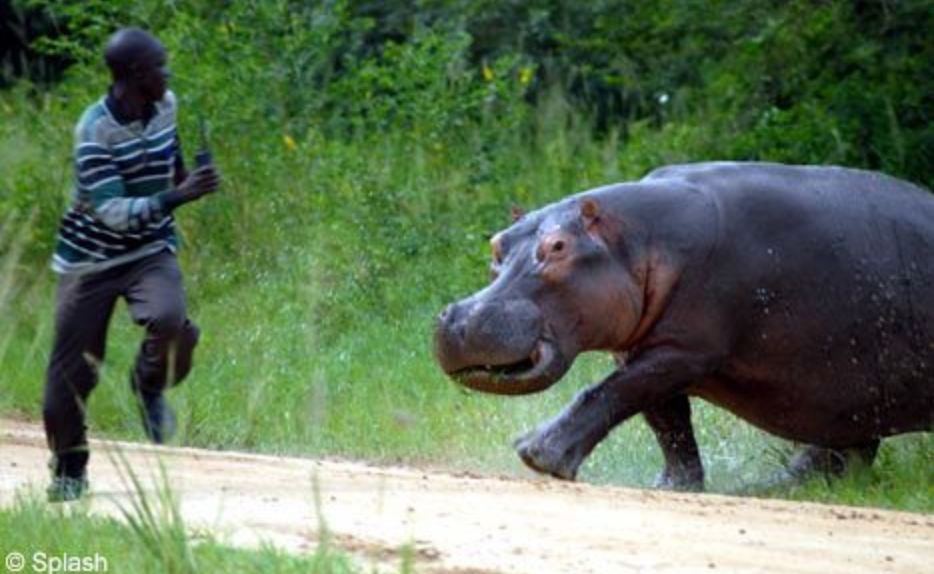
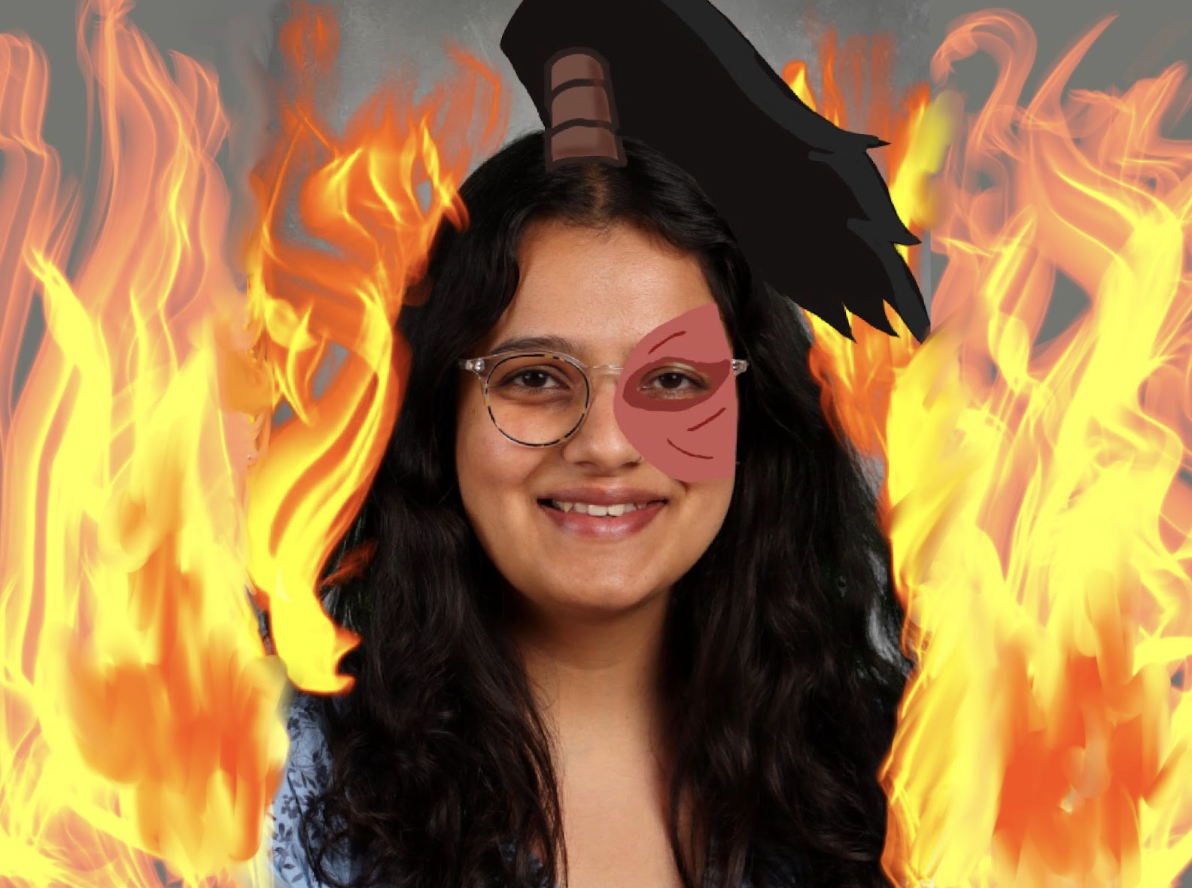


![Teacher [Milk] Tea: Part 2](https://bisvquill.com/wp-content/uploads/2024/03/Screen-Shot-2024-03-19-at-9.28.48-PM.png)
